How to clean and maintain Aluminium Safety Valve to extend their service life?
Aluminium Safety Valve are key safety components of hydraulic systems, air compressors, reducers and other equipment. Their cleaning and maintenance directly affect the reliability and service life of the equipment. Proper maintenance can not only ensure the normal operation of the safety valve, but also reduce the failure rate and extend its service life. The following are detailed cleaning and maintenance methods to help you better maintain Aluminium Safety Valve.
Aluminium Safety Valve should be inspected regularly, and it is recommended to conduct a comprehensive inspection every 3 to 6 months. If the equipment is operated in harsh environments, such as high dust, high temperature or corrosive media environments, the inspection frequency should be appropriately increased. Before disassembling the safety valve, be sure to turn off the equipment and completely release the system pressure to avoid danger caused by high pressure residue. When disassembling, use appropriate tools (such as wrenches) to operate carefully to avoid damage to the valve body threads or sealing surfaces.
When cleaning Aluminium Safety Valve, external dirt should be dealt with first. Use a soft cloth or soft brush to remove oil and dust from the surface of the valve body. If the oil stain is stubborn, you can use a neutral detergent and warm water to clean it, but do not use strong acid or strong alkaline detergent to avoid corrosion of aluminum. Internal cleaning is more critical. You need to disassemble the valve core, spring and other components to check whether there are impurities, sludge or metal debris accumulation. You can use compressed air or a soft brush to clean the valve cavity, valve seat and spring parts. For stubborn dirt, you can soak it in kerosene or special metal cleaning agent, but you must rinse it thoroughly after cleaning to avoid chemical residues affecting the valve performance.
Sealing is the key to the normal operation of the safety valve. When checking, you should focus on observing whether the gasket or O-ring is aging, deformed or damaged. If there is a problem, it should be replaced in time. It is recommended to use oil-resistant and high-temperature resistant fluororubber (FKM) or nitrile rubber (NBR) seals. In addition, the contact surface between the valve seat and the valve core should also be carefully checked. If wear or scratches are found, it can be lightly polished and repaired with fine sandpaper above 600 mesh. Severe wear requires replacement of new parts.
Lubrication can reduce friction and prevent parts from getting stuck. The spring and valve stem are the core moving parts of the safety valve. A small amount of silicone-based grease or anti-wear lubricant should be applied regularly to ensure its flexible operation. The threaded interface can also be coated with sealant or grease during installation, which can not only prevent the thread from biting, but also enhance the sealing and avoid gas or liquid leakage.
Aluminum is easy to oxidize in a humid or corrosive environment, so anti-corrosion measures are essential. Anti-rust oil or WD-40 can be sprayed on the surface of the valve body regularly to form a protective film to isolate air and moisture. If the safety valve is idle for a long time, it is recommended to disassemble it and store it in a dry, non-corrosive gas environment to avoid electrochemical corrosion of the aluminum.
To ensure that the safety valve is always in good condition, functional tests should be performed regularly. During manual testing, the valve stem can be gently pressed to observe whether it can rebound flexibly. More professional pressure testing requires the use of special equipment to check whether the opening pressure and return pressure of the safety valve meet the standards. If abnormal pressure relief is found, it may be due to insufficient spring preload or wear of components, which need to be adjusted or replaced in time.
Aluminium Safety Valve have limited pressure resistance. Long-term overpressure operation may cause valve body deformation or seal failure. Therefore, it is necessary to ensure that the system pressure does not exceed the rated value of the safety valve. In addition, frequent opening and closing will accelerate wear. Optimizing system design can reduce the number of opening and closing of the safety valve and extend its service life.
Selecting the right model is the prerequisite for ensuring the long-term stable operation of the safety valve. The appropriate material and specifications should be selected according to the working environment. During installation, it is necessary to ensure that the safety valve is correctly aligned to avoid skewed or over-tight installation, otherwise the valve body may be deformed due to uneven force.
Establishing maintenance files and recording the time of each cleaning and replacement of parts will help track problems and take preventive measures in time. In addition, installing a filter at the hydraulic system or air compressor inlet can effectively reduce impurities from entering the safety valve and reduce the risk of wear.

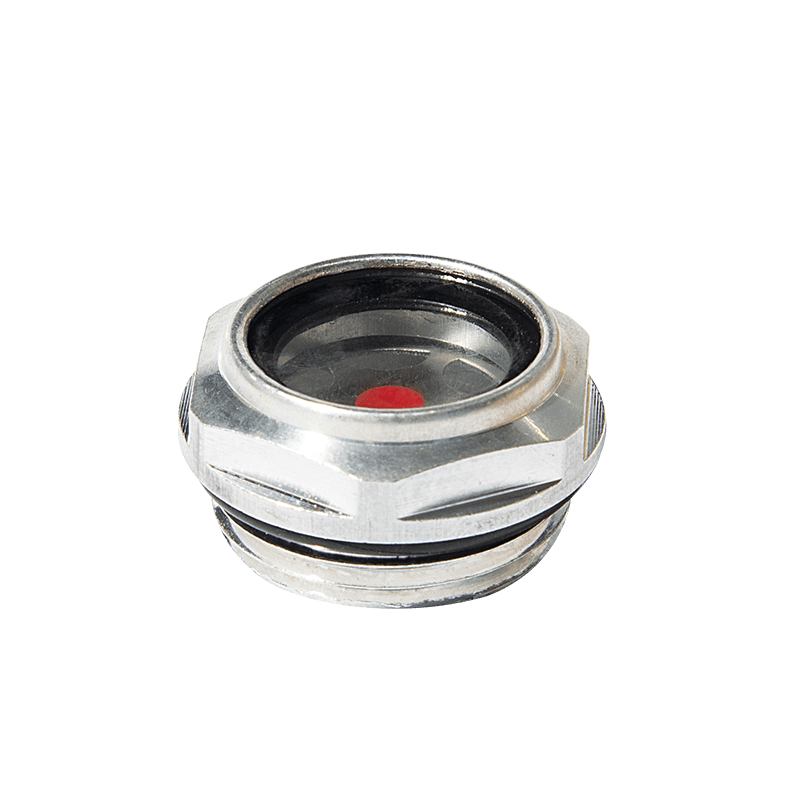
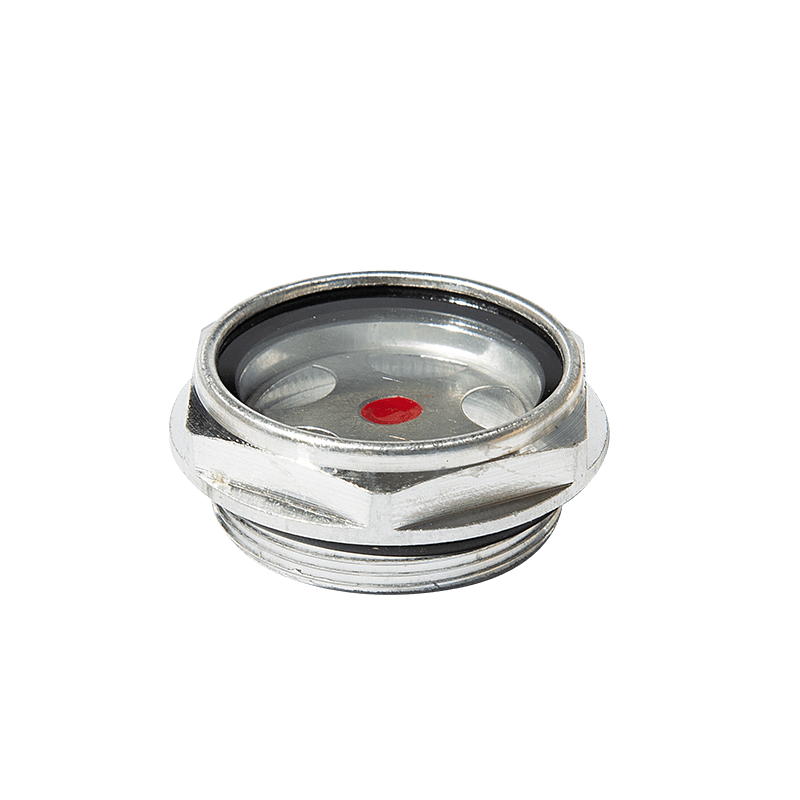
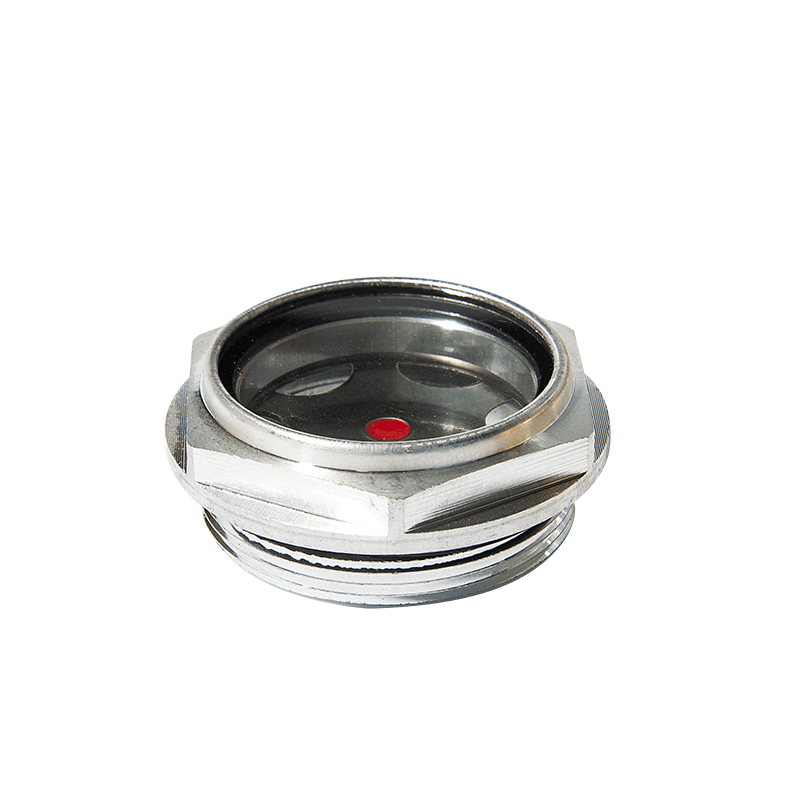

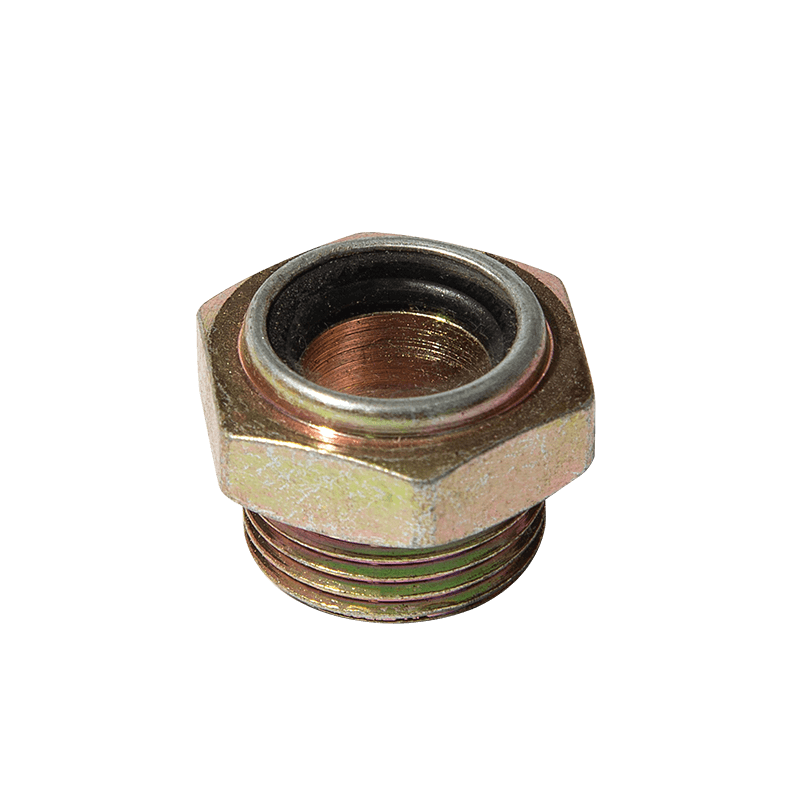
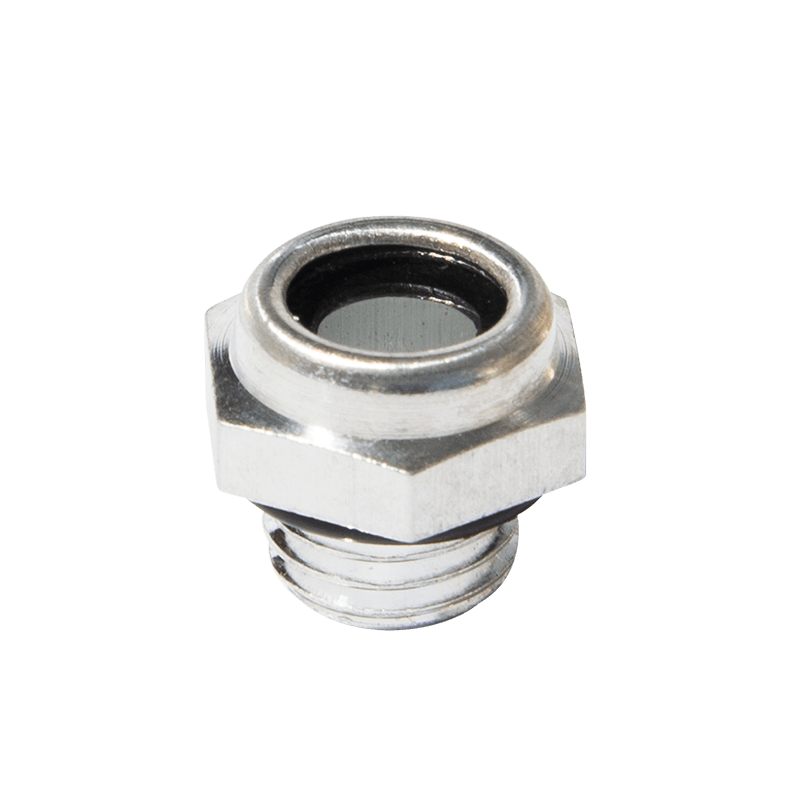
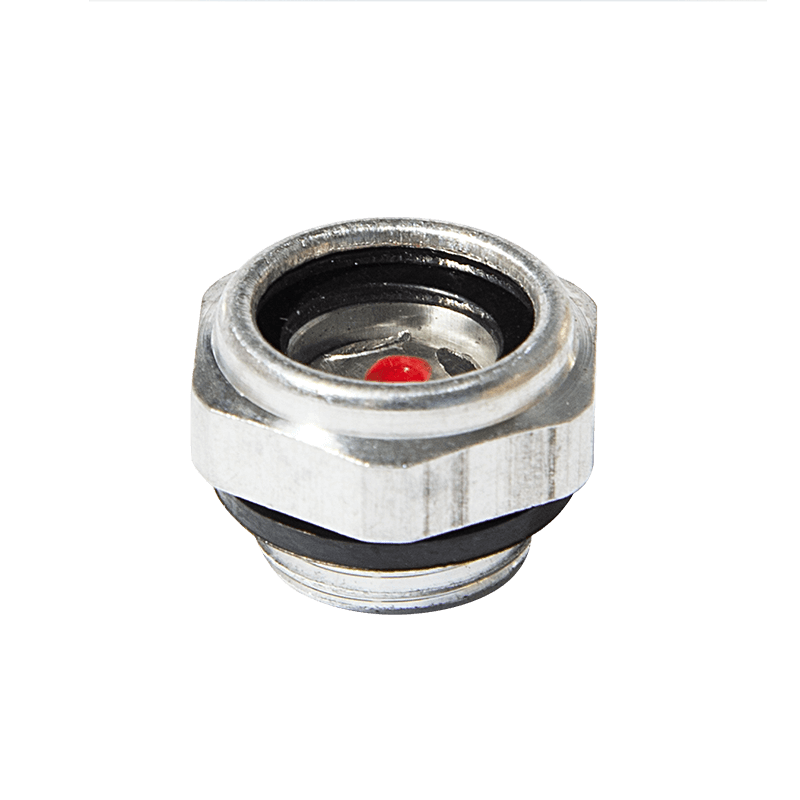
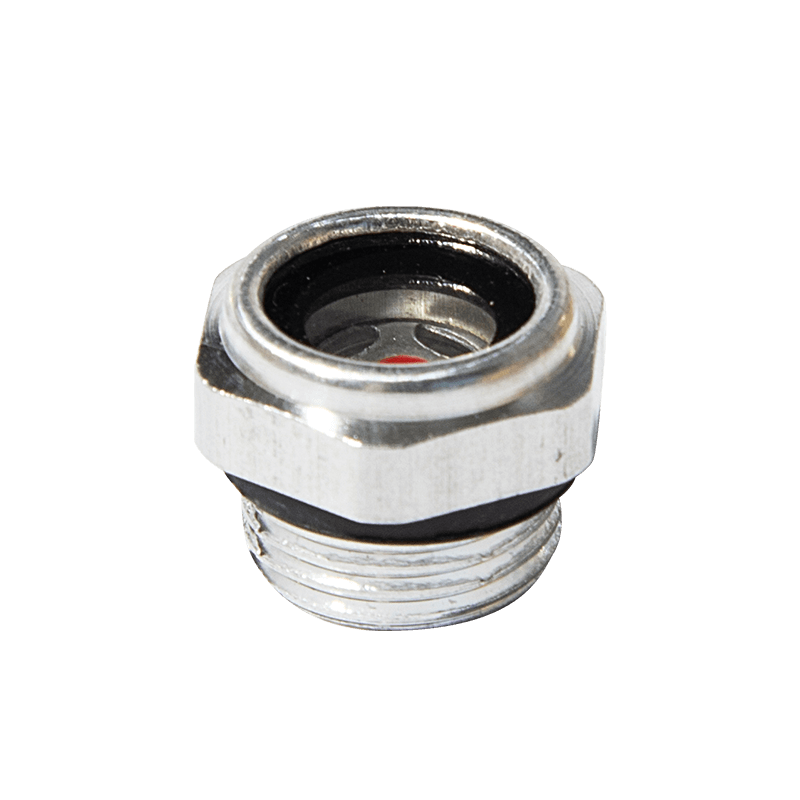
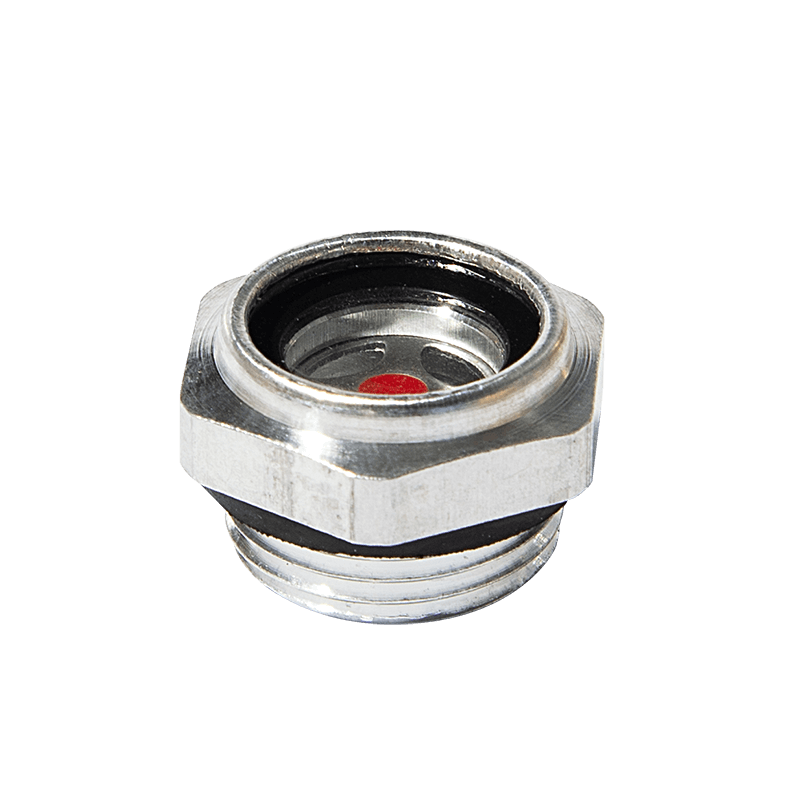
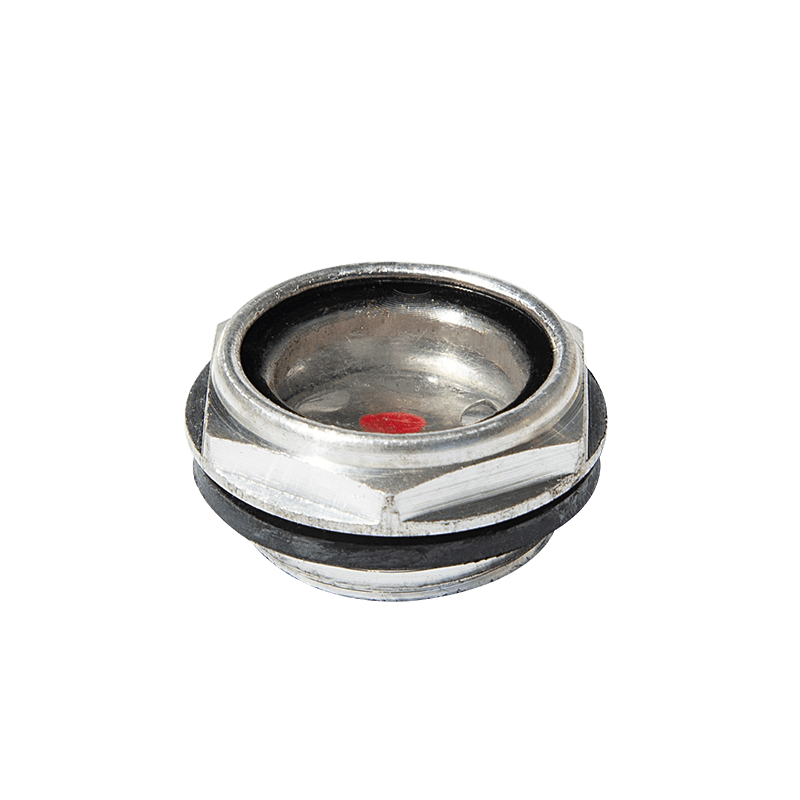





Contact Us